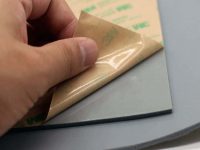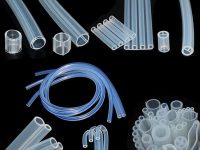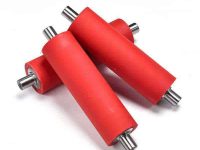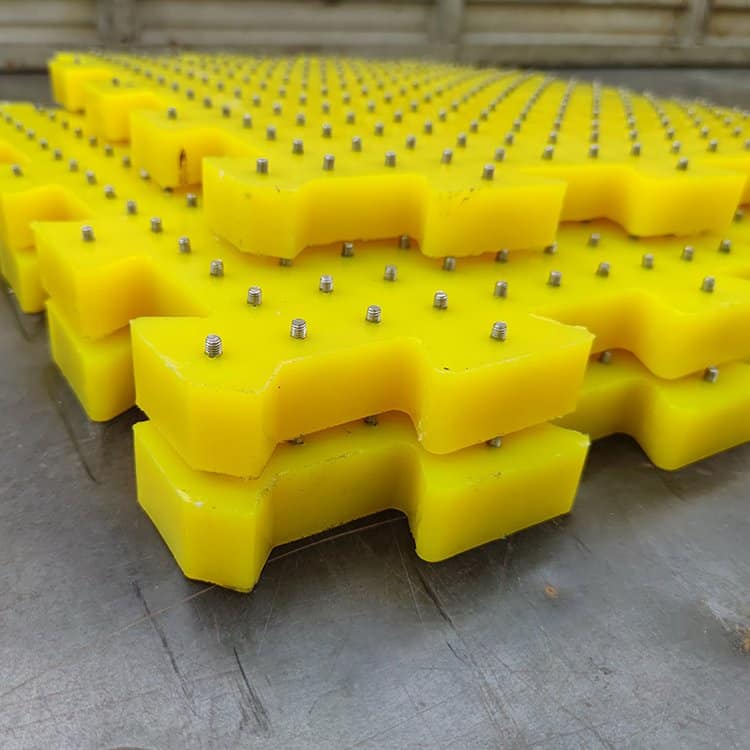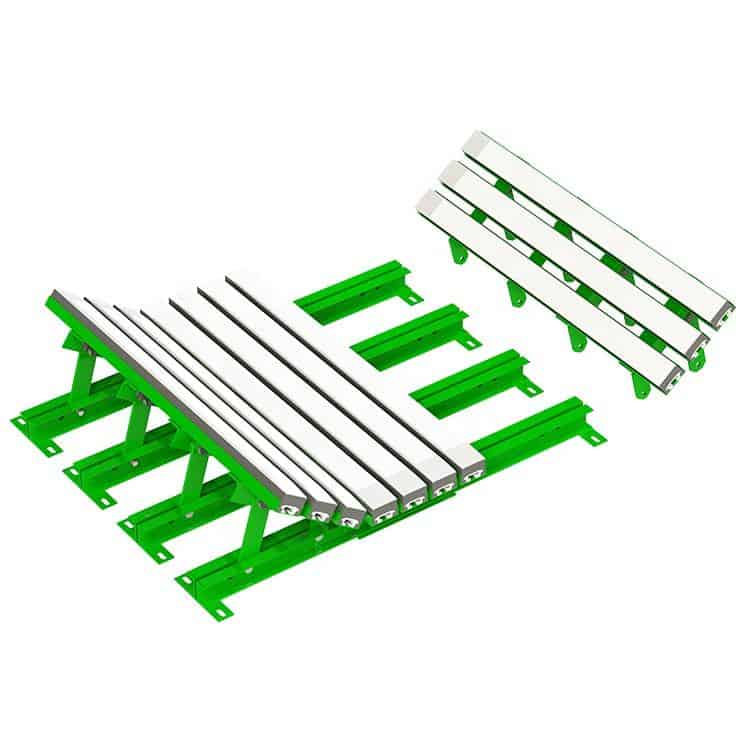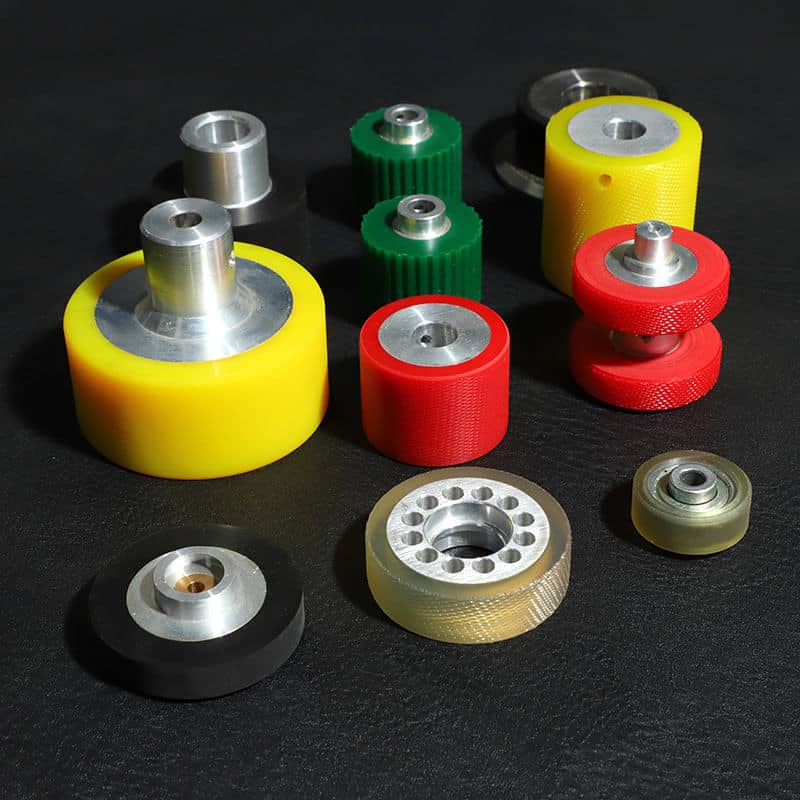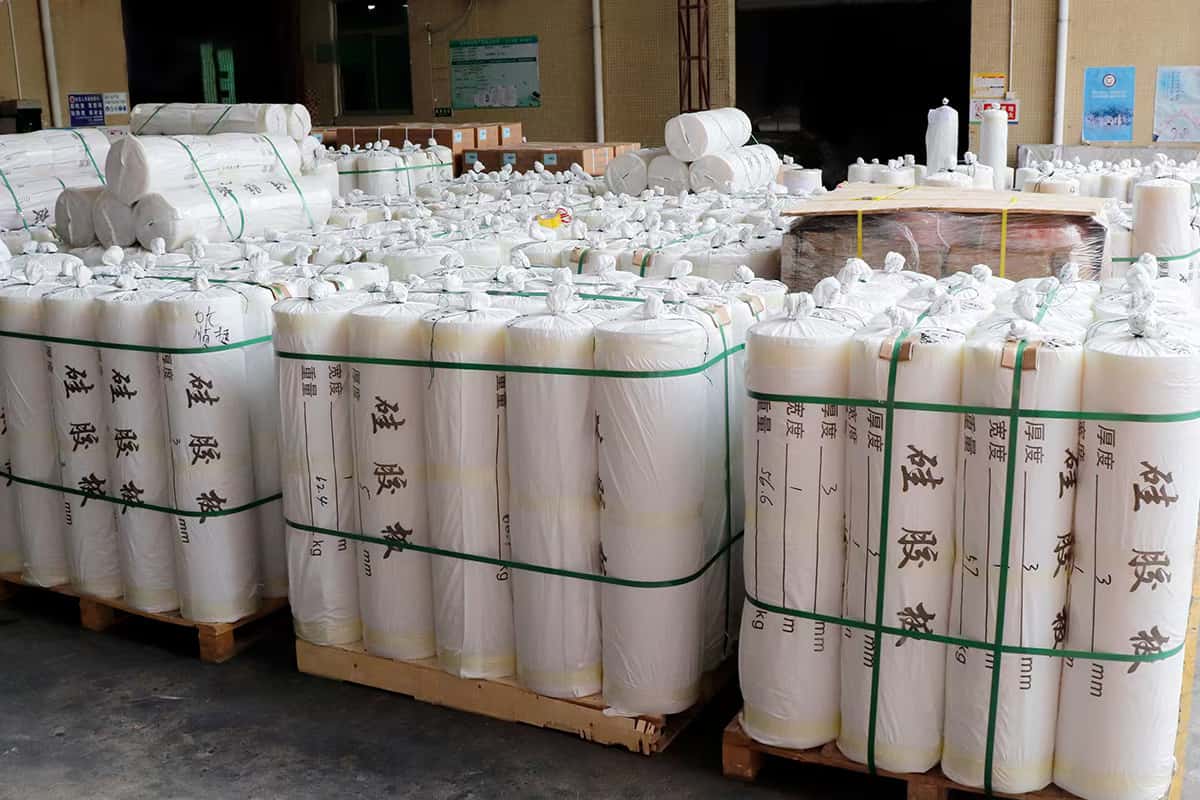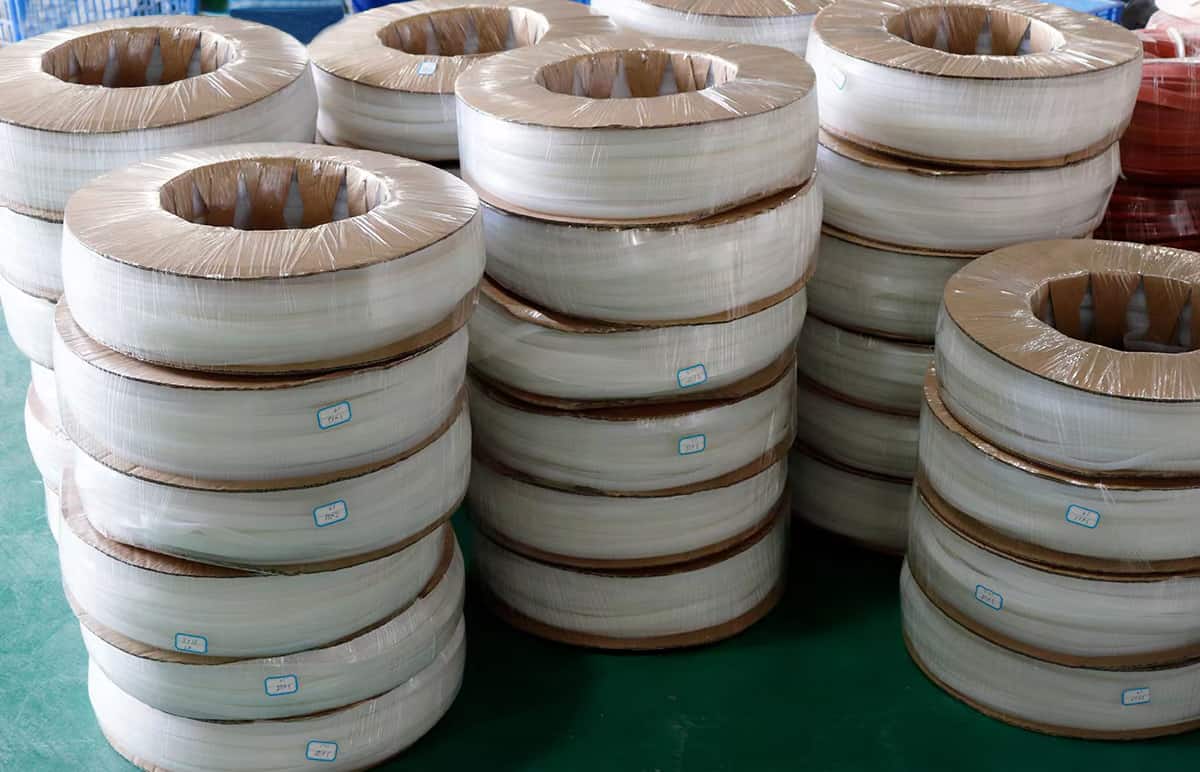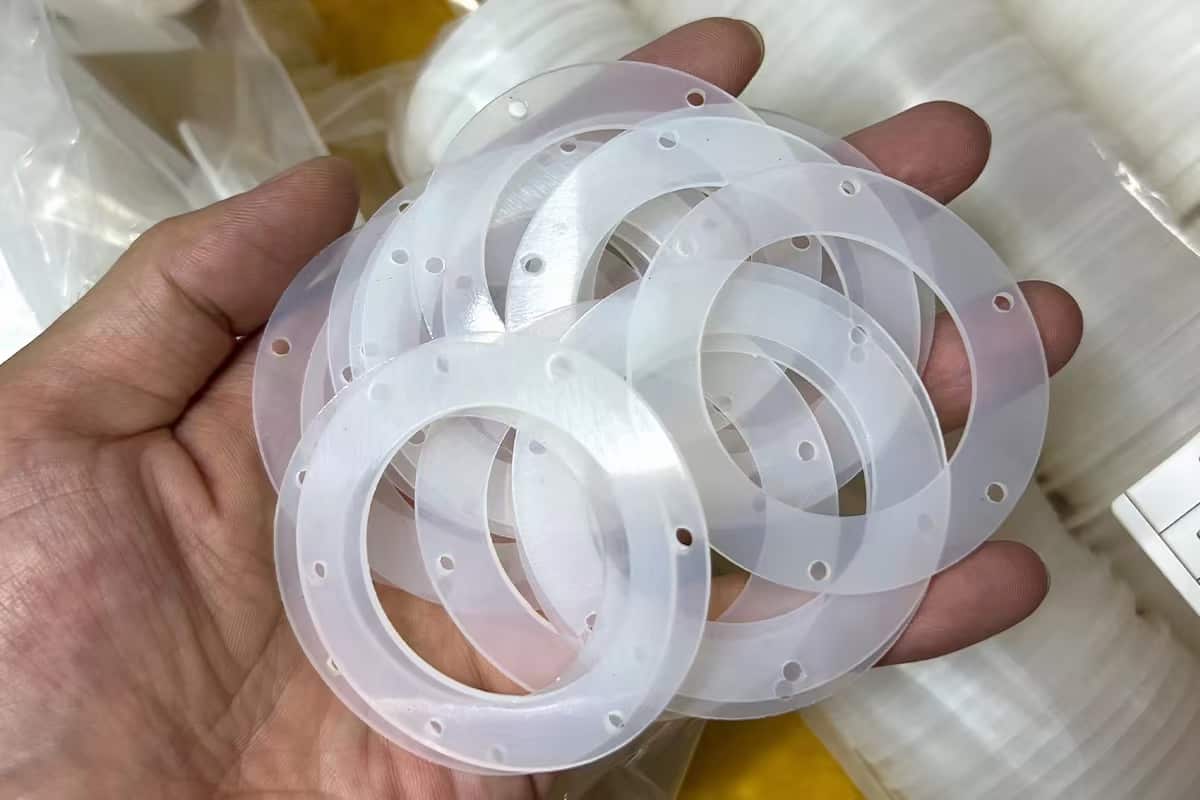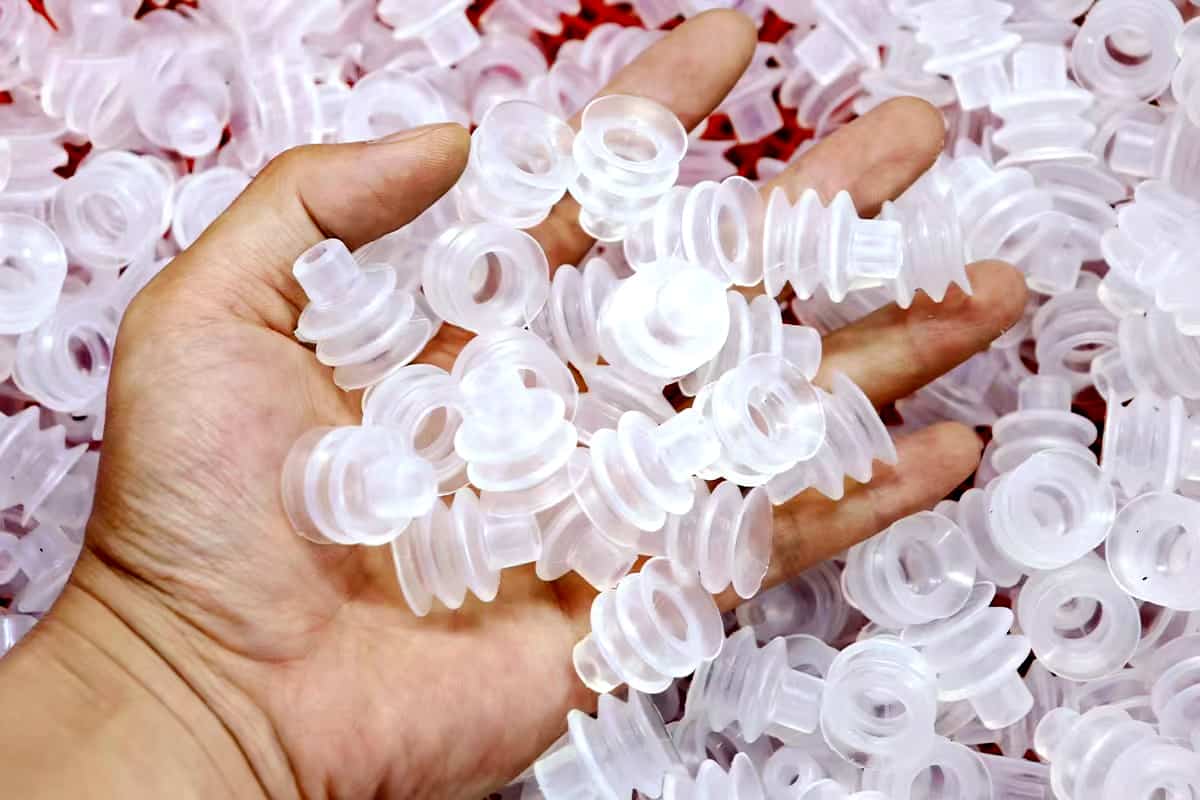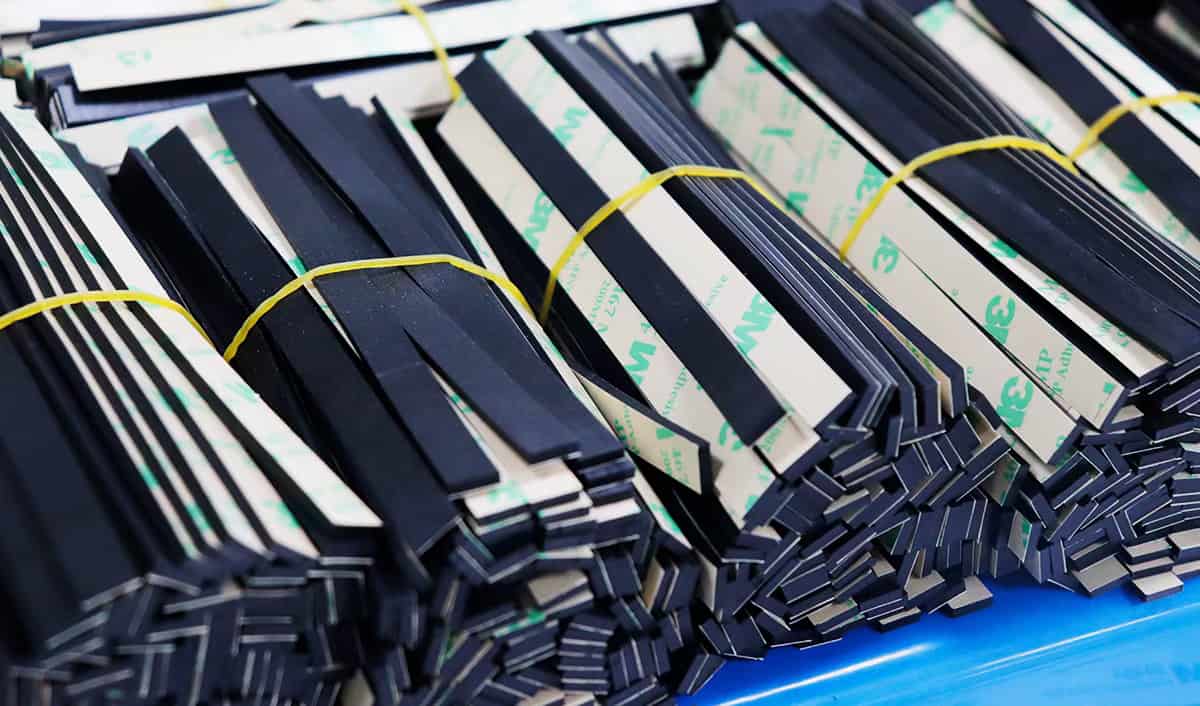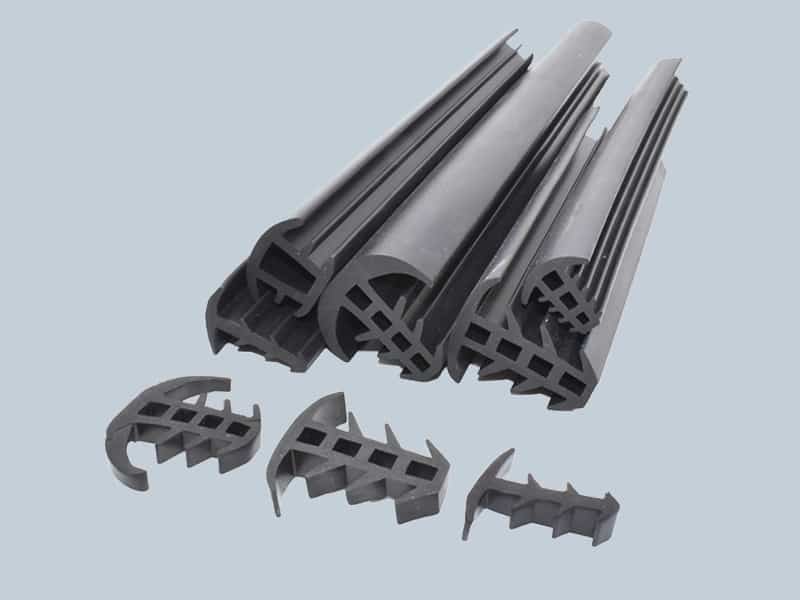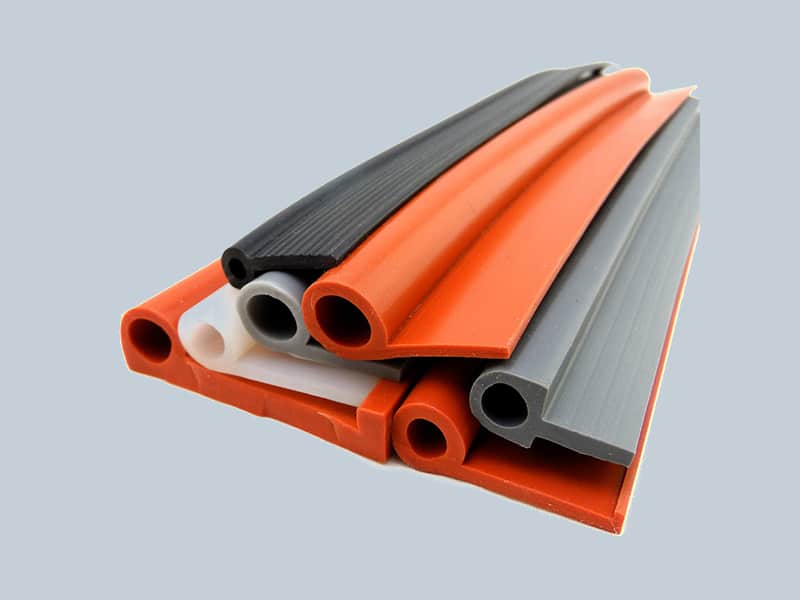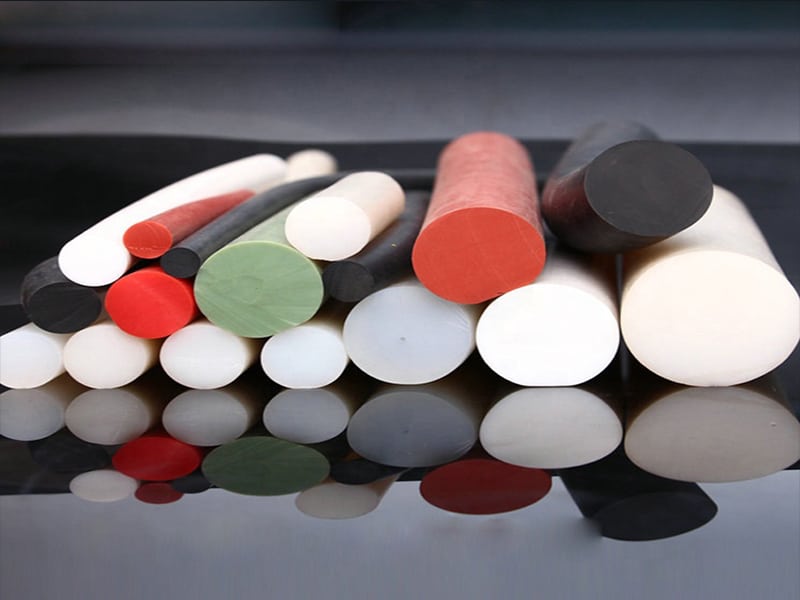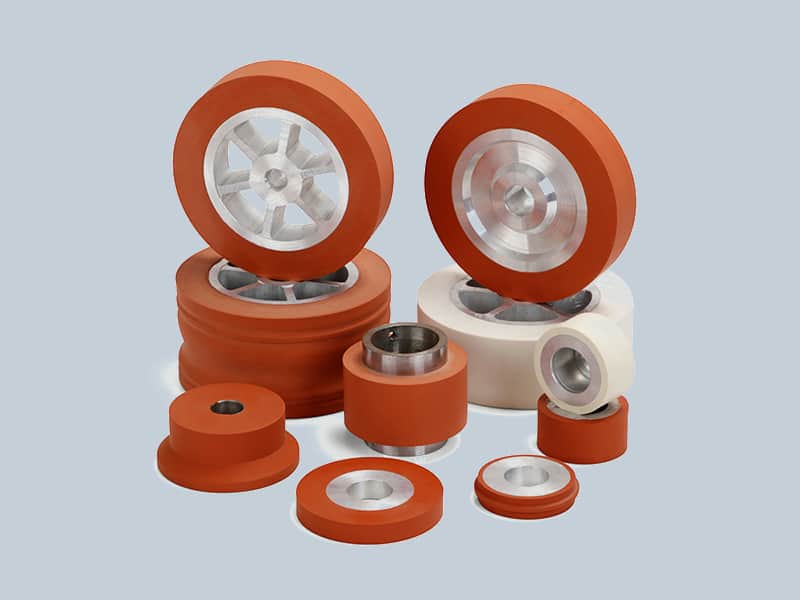If you’re anything like me, you’re always on the lookout for ways to improve the performance of your home or office. One area that I’ve been paying close attention to lately is the battle of the materials: specifically, silicone rubber vs nbr.
There’s a lot to consider when it comes to these two materials. On the one hand, silicone rubber has excellent heat resistance and weather resistance properties. On the other hand, nbr is cheaper and easier to work with.
Introduction: what are silicone rubber and nbr, and what are their key differences?
What is silicone rubber?
Silicone rubber is an elastomer composed of silicone—itself a polymer—containing silicon together with carbon, hydrogen, and oxygen. Silicone rubber and nitrile butadiene rubber (NBR) are two widely used elastomers. They share many properties, but there are also key differences that make each material suitable for different applications.
Silicone rubber is known for its excellent resistance to heat and cold, as well as its ability to withstand UV exposure and ozone. It also has good electrical insulation properties and is resistant to certain chemicals.
What is NBR?
NBR, also known as nitrile butadiene rubber, is a synthetic rubber copolymer composed of acrylonitrile and butadiene. NBR was one of the first oil-resistant synthetic rubbers. It was developed in 1941 by chemist Dr. Waldo Semon of the B.F. Goodrich Company. This copolymer is characterized by its excellent resistance to oil, fuel, and other chemicals, as well as its ability to withstand high temperatures. Because of these properties, NBR is used in fuel and oil handling hoses, seals, gaskets, and o-rings; as well as in automotive and aerospace applications. NBR has poor resistance to UV light and ozone, so it is not suitable for outdoor applications unless it is protected from these elements. It also has relatively poor abrasion resistance.
The key difference between silicone rubber and NBR
NBR (nitrile butadiene rubber) is a synthetic rubber elastomer composed of acrylonitrile and butadiene. In addition to these two main monomers, NBR contains small amounts of copolymers such as hexadiene and di-isoprene. The term “NBR” stands for nitrile butadiene rubber. It is a copolymer of two unsaturated hydrocarbon monomers: acrylonitrile and butadiene.
There are a few key differences between silicone rubber and nitrile butadiene rubber, otherwise known as NBR. For one, NBR is generally cheaper to produce than silicone rubber. Additionally, NBR is more resistant to oils and chemicals than silicone rubber, making it a better choice for gaskets and other applications where it may come into contact with these substances. However, silicone rubber has a higher operating temperature range than NBR and is also more weather-resistant, meaning it can be used in outdoor applications where NBR would degrade over time. The most common application for NBR is in the automotive industry, where it is found in hoses and seals. It is also used to make gaskets, seals, and O-rings.
Composition: what are the main ingredients in each type of rubber?
There are two main types of rubber: silicone and nitrile butadiene rubber (NBR). Both have different properties and uses.
Silicone rubber is made of silicon, oxygen, and sometimes other elements like carbon and hydrogen. It has good resistance to heat and cold and does not break down easily. It is used in medical and food hose, cookware, medical devices sealing and sealants.
NBR is made of butadiene, a synthetic rubber made from petroleum products. It has good resistance to oil and chemicals but does not hold up well in extreme temperatures. NBR is used in automotive seals, gaskets, and hoses.
Properties: what physical properties do silicone rubber and nbr have in common, and how do they differ?
Silicone rubber and nitrile butadiene rubber (NBR) are two of the most popular elastomers on the market. They are both versatile and durable, making them ideal for a wide range of applications. But what physical properties do these two materials have in common, and how do they differ?
Both silicone rubber and NBR are characterized by their flexibility and resistance to high temperatures. Silicone rubber can withstand temperatures up to 200°C, while NBR can withstand temperatures up to 120°C. Both materials are also resistant to oils and chemicals, although NBR is more resistant than silicone rubber.
One key difference between silicone rubber and NBR is their hardness. Silicone rubber is much softer than NBR, making it more suitable for applications where flexibility is required.
The applications of silicone rubber
Silicone rubber is known for its high heat resistance, making it ideal for use in gaskets and seals in engines and other machinery. It’s also used in cookware, baking pans, and food-storage containers because it can withstand high temperatures and is non-reactive with food. In addition, silicone rubber is very flexible, so it’s often used to create tubing, seals, and other products that need to be able to bend or move. It has unique physical and chemical properties that make it suitable for many different uses, including:
-Automotive applications: seals, gaskets, hoses, engine mounts
-Electrical applications: insulation, wire coatings
-Medical applications: tubing, seals, implants
-Cookware: bakeware, food storage containers
-Hot stamping machine: silicone rubber rollers
-Damping and vibration control: Harvey balls
The applications of NBR
NBR, or nitrile butadiene rubber, is an oil-resistant synthetic rubber developed originally as an alternative to natural rubber. It is usually used where resistance to petroleum oils is required and can be found in such varied applications as automotive hoses and grommets, o-rings and seals, fuel hoses, and so on. NBR can also be used where resistance to chemical attack or abrasion is a primary concern. An advantage of NBR over other synthetic rubbers is that it has relatively good abrasion resistance even in its softer durometers.
NBR is a synthetic rubber that’s tougher than natural rubber, so it’s often used in products that need to be durable, like tires, hoses, and belts.
The advantages of silicone rubber
There are many types of rubber, each with unique properties and uses. One such type is silicone rubber, which has numerous advantages over other types of rubber.
Silicone rubber is resistant to extreme temperatures, both hot and cold. It can withstand temperatures as low as -148 degrees Fahrenheit (-100 degrees Celsius) and as high as 500 degrees Fahrenheit (260 degrees Celsius). This makes it an ideal choice for applications where other types of rubber would break down or lose their shape.
Silicone rubber is also resistant to ozone, UV light, and other forms of radiation. This makes it ideal for use in outdoor applications where it will be exposed to the elements.
In addition to its resistance to extreme temperatures and UV radiation, silicone rubber is also resistant to water and oil. This makes it an ideal choice for use in seals, gaskets, and other applications where other types of rubber would be quickly damaged by these substances.
Despite its many advantages, silicone rubber does have some disadvantages. It is not as strong as other types of rubber, so it is not suitable for applications where high levels of strength are required. In addition, silicone rubber is more expensive than other types of rubber.
The advantages of NBR
NBR, or nitrile butadiene rubber, is a synthetic rubber polymer composed of acrylonitrile and butadiene. It is one of the most widely used seal materials due to its versatility and resistance to a wide variety of chemicals, oils, and temperatures. Here are some of the advantages of using NBR seals:
-Good abrasion resistance
-Good chemical resistance
-Good compression set
-Good oil resistance
-Good tensile strength
– Good temperature range
The disadvantages of silicone rubber
Silicone rubber has a number of disadvantages that limit its use in some applications. It is more expensive than many other types of rubber, so it is not always the first choice for manufacturers. It is also not as durable as some other types of rubber, so it may not be the best choice for applications that require a long lifespan. Additionally, silicone rubber is not as resistant to heat as some other types of rubber, so it may not be the best choice for high-temperature applications.
Conclusion: which type of rubber is better for specific applications?
There are many different types of rubber, each with their own unique set of properties. Silicone rubber and NBR (nitrile butadiene rubber) are two of the most common types of rubber. So, which one is better for specific applications?
Silicone rubber is generally more resistant to high temperatures than NBR. It also has good electrical insulation properties and is resistant to ultraviolet light and ozone. However, silicone rubber is not as durable as NBR and tends to be more expensive.
NBR is more durable than silicone rubber and is less expensive. It also has good resistance to oil and chemicals. However, NBR is not as resistant to high temperatures as silicone rubber and can degrade in sunlight.
So, which type of rubber is better for specific applications? It depends on the application.


